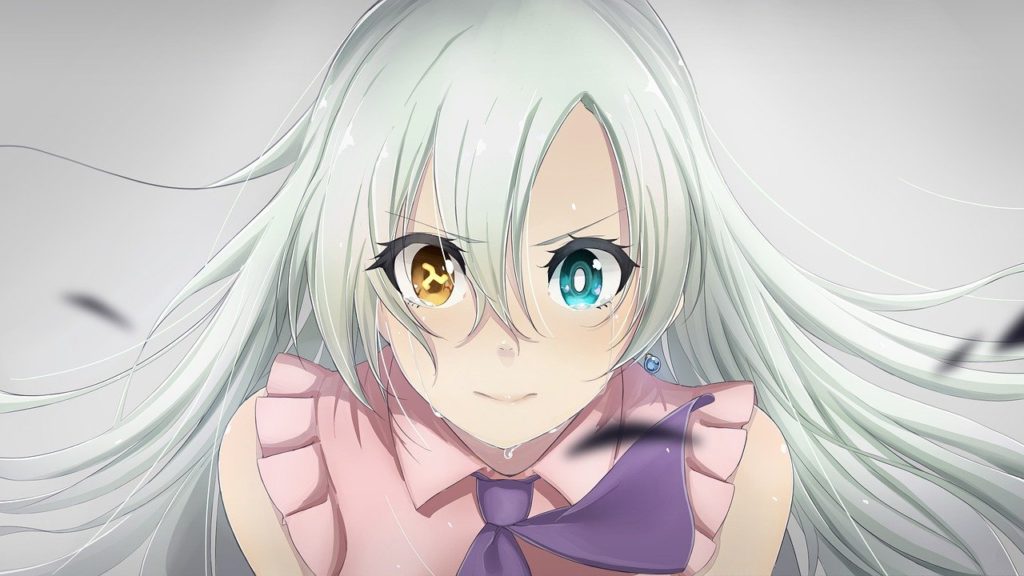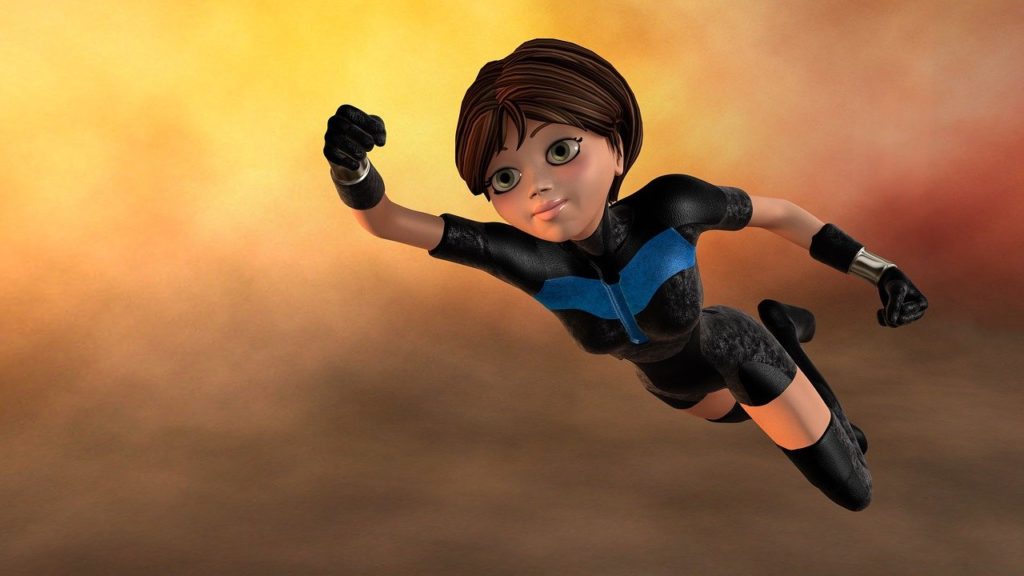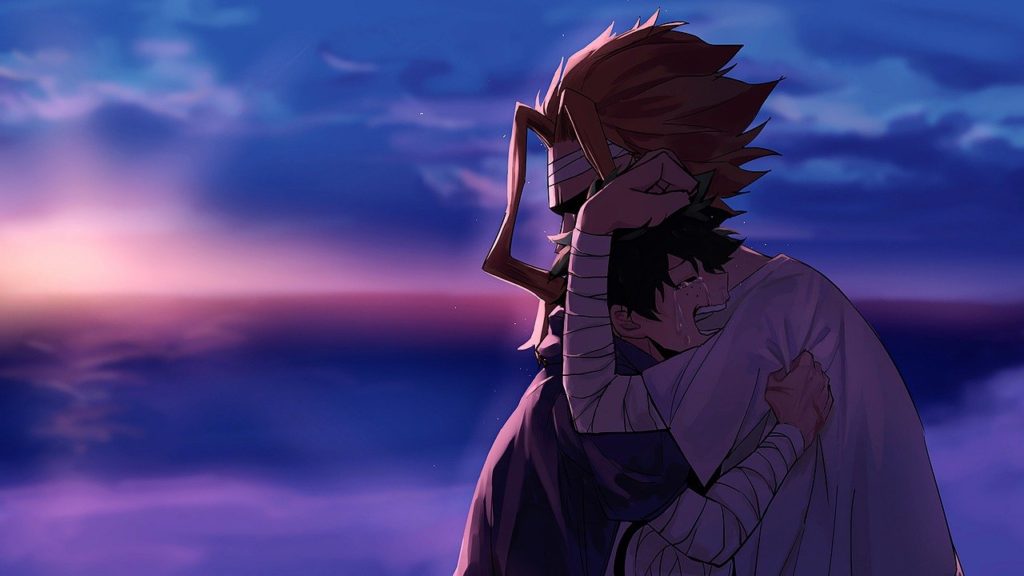From the Saturday morning cartoons you loved as a kid to the family-friendly blockbusters you enjoy with your own children, animation continues to delight generation after generation. You love those movies and TV shows, but did you ever think about the men and women on the other side of the screen? A career in animation might just be what you were looking for.
Those who currently work in animation are living out their own dreams, building wonderful careers that touch the lives of millions around the world. If you consider yourself the creative type, why not explore your own career in animation?
While getting an animation job may not be as plentiful as other industries, it’s still a great career to consider. And there’s more to animation than meets the eye, such as drawing, designing, computer modeling, and creating.
Educational Pathways for a Career in Animation
Several educational pathways can help you build a successful animation career. College degrees and certifications, such as associate and bachelor’s degree programs, offer comprehensive education in various animation techniques and tools. Graduate programs are available for those seeking advanced learning and specialization within the field.
Online courses and workshops provide a flexible alternative for working professionals looking to continue their education or develop specific skills. These options allow you to learn at your own pace, often with the support of experienced instructors and industry experts.
Participating in workshops, conferences, and industry events is another excellent way to enhance your knowledge and skills. These gatherings offer networking opportunities with professionals who can provide valuable insights and connections. Additionally, attending such events helps you stay updated on industry trends and advancements, ensuring your skills remain relevant in the ever-evolving world of animation.
What Are Some Specialized Areas in Animation?
Animation is one of the most challenging things to do, and it also requires a lot more work than simple flash graphics. Learning to draw and animate is not something you can just learn overnight. You’ll need a lot of practice in order for you to improve on your skills.
Some of the areas in animation you’ll need to familiarize yourself with include the following:

Character Animation
Character animation is the art of bringing 2D or 3D characters to life. It’s a form of art that’s been around for years but has become more popular with the growth of digital media. Character animations are created by animators who use motion capture, keyframes, and other techniques to bring characters to life. They can be used in movies, video games, cartoons, and more.
Sketching
Sketching is a visual language that communicates ideas and concepts, and it can be done on paper or digitally. Digitally sketching digitally has many benefits such as saving time, making changes easily, and sharing sketches with others.
Visual Development
Visual development in animation is the process of designing and developing graphics, backgrounds, and other visuals for use in animated films. It’s an important part of the design process because it helps to define the purpose and audience of a product. Visual development is also known as Visual Design or Visual Language, and it’s often used as an alternative to wireframes or sketches.
Storyboarding
Storyboarding is the process of defining the shots for a movie by drawing them on paper. This can be done in two ways: either by hand or with computer software. The storyboard artist will draw each shot and describe what should happen in the scene, using either words or pictures. This technique can also be applied to other creative fields, such as advertising, video games, and graphic design. It’s used to plan out how an animation or interactive media project will look before actually beginning production.
Model Creation
Model creation is basically computer modeling for animation, games, and film.
2D Vector-Based Animation
2D vector-based animation uses software to create images and movements based on mathematical algorithms, allowing for smooth and fluid animations. This type is commonly found in digital media, such as mobile apps, websites, and online videos. In contrast, 3D computer animation involves creating three-dimensional models and characters that move and interact within a virtual environment. This method is widely used in feature films, video games, and virtual reality experiences.
Stop-Motion Animation
Stop-motion animation brings physical objects to life through frame-by-frame manipulation and photography. This technique can be applied to various materials, such as clay, puppets, and even everyday objects. Motion graphics, on the other hand, focus on animating graphic elements, like text and shapes, to convey information or create visual effects. This type is often used in advertising, marketing, and video production.
Choosing the right type of animation for your career goals is essential, as each method requires different skills and knowledge. Consider your artistic strengths and personal preferences, as well as the specific industries and projects you wish to work in, when making this decision.

What Skills Do You Need For a Career in Animation?
A solid foundation in both artistic and technical skills is crucial for a career in animation. This includes proficiency in drawing, painting, and sculpting, as these traditional art forms help develop a keen understanding of color, composition, and perspective. These skills will significantly contribute to the overall quality and appeal of your animated work.
Soft Skills for Animation
Just like with every profession, you’ll need a set of soft skills to be successful in animation. While many soft skills are innate, they can be learned through a bit of ongoing effort on your part. Soft skills are just as important as hard skills.
Communication and teamwork play a vital role in the animation process, as projects often involve collaborating with other artists, designers, and developers. Effectively conveying ideas and receiving feedback from colleagues is essential for achieving the desired outcome and maintaining a positive work environment.
Time management and organization skills are also necessary for staying on top of project schedules and meeting deadlines. Prioritizing tasks, keeping track of progress, and updating team members on any changes help ensure smooth project execution and minimize the risk of delays or misunderstandings.
Some additional soft skills you’ll need to be successful in an animation job may include the following:
- Be able to problem-solve
- Being self-motivated
- Having the ability to prioritize work and projects
As you read through the above list, think about why these skills are important. You should also think about how they relate to an animation career. Being able to make a real-life connection between these soft skills and a job in animation can help you understand what it’s going to take to be a successful animator.
Technical Skills You Should Have For a Career in Animation
Good animation skills bring to life the details and tell your story in the most effective way. Computer skills are equally important, as most animation work today relies on digital tools. Familiarize yourself with industry-standard software, such as Adobe Creative Suite for 2D animation and Autodesk Maya for 3D animation. Additionally, understanding coding and scripting languages can enhance your versatility in the industry, especially in areas like game design and interactive media.
Some additional technical skills and applications you’ll need to learn to land an animation job may include:
- Knowledge of CSS
- Adobe Photoshop
- HTML
- Adobe Illustrator
- 3Ds Max
- ZBrush
- Figma
The list above is only a handful of technical animation skills you’ll need for an animation job. Read through job descriptions of a company you would like to work for or those located in your area. This should give you a better idea of what animation skills you should learn to master. You can check out these animation skills courses that could help supplement your current coursework or just help you land your first or next animation job.

Job Opportunities and Career Paths in Animation
Various industries offer diverse job opportunities and career paths for animation professionals. In the film and television industry, you can work as an animator, storyboard artist, or character designer, creating engaging visuals for movies and TV shows. Special effects artists, texture artists, and lighting artists are also in demand, contributing to the overall aesthetics and atmosphere of a production.
Video game industry positions include game designers, character modelers, and environment artists, responsible for bringing virtual worlds to life. Technical artists and animation programmers collaborate with other team members to develop efficient workflows and ensure seamless integration of animation and game mechanics.
Advertising and marketing companies seek motion graphics designers and commercial animators to create captivating content for promotional campaigns. Social media content creators and multimedia artists use their animation skills to develop eye-catching visuals that resonate with online audiences.
Education and training is another sector where animation skills are valued. Instructional designers and e-learning developers create interactive learning materials, while animation instructors and workshop facilitators share their expertise with aspiring animators and enthusiasts.
What Kind of Animation Jobs Are Available?
Training in animation opens many important doors for students with the skills and the desire to make it happen. Getting your degree in animation can set you up for a wonderful career, one where you have fun drawing and expressing your creativity every single day.
Animation is such a great field because there are so many options. If you are a film fanatic you can draw your favorite animated characters for a living. Or you can even make up new characters of your own. If you love drawing and creating eye-catching brochures, pamphlets and handouts for businesses, a career as a graphic designer could be the right path for you.
Animation Careers for those who have a Passion for Web Design
Graphic Design Animation Jobs
Graphic designers are an integral part of the business world, helping marketing departments get the word out and allowing companies to succeed. The skills you learn while attaining your diploma in animation will be vital to landing an animation job in this growing field.
Web Design Animation Jobs
If your talents run toward computers, designing effective websites for businesses and individuals is one more way to use your animation talents and utilize your formal training. Web designers are always in high demand, and every business needs a professional website to stay competitive and sell their goods and services.
Web designers create and build websites sites that are mobile friendly, fast, effective and powerful enough to get the job done. The importance of the internet is not going away, and that is good news for experienced web designers.
Animation Jobs for People Who Love Computer Games
For those who love computer games, a career in 3D game design could be a dream come true. Instead of just playing video games, you can have a hand in building the next generation of games, using your animation skills in new and different ways.
Learning about professional computer graphics is a great way to work toward a successful career in game design, and another way to use your background in animation. Game designers routinely draw on their animation skills, including 3D modeling for each new character, as well as texturing for the surrounding landscapes.
Even if you do not end up designing the next generation of computer games, you can still put your 3D modeling and animation skills to work and get paid handsomely in the process. These same abilities are used to support architects, civil engineers and many others in the worlds of government and private industry.

Who Hires Animators?
Animators may work in different industries, including film production, video game development, and advertising. They also work with different types of media like television shows, commercials, and music videos. You’ll find many animation jobs available with entertainment and large tech companies such as Netflix, Disney, Electronic Arts, Warner Media, Marvel Studios, and so many more.
Salary and Job Growth for Animators
The average annual salary for Animators is $77,700 in the United States as of 2020. And the job growth is bright. The BLS expects that animation jobs are expected to grow by 16% by 2030. This is a huge growth projection and a great outlook for anyone who is looking at animation as a career.
Tips for Building a Strong Animation Portfolio
An impressive animation portfolio is essential for showcasing your skills and styles to potential employers and clients. Include a mix of personal projects, school assignments, freelance work, and client projects to demonstrate your versatility and range. This diverse collection of work highlights your ability to adapt to various creative challenges and contexts.
Tailor your portfolio to your desired career path by emphasizing relevant work for specific industries. For example, if you’re interested in the video game industry, showcase pieces that highlight character design, environment art, and game-related animation. Including a personal statement outlining your goals, interests, and unique strengths can provide further insight into your professional aspirations.
Maintain an updated and organized portfolio by regularly adding new work and removing outdated pieces. Ensure easy navigation for potential employers and clients, with clear categorization and labeling of your projects. This attention to detail can make a significant difference in the overall impression your portfolio leaves on those who view it.
Networking and Professional Development in the Animation Industry
Building a strong network and staying informed about industry developments are key components of a successful animation career. Joining professional organizations and associations can provide access to valuable resources, job listings, and events. These memberships also offer networking opportunities with fellow animators and industry professionals, opening doors for potential collaborations and job prospects.
Attending animation festivals and conferences exposes you to new work and trends in the field, providing insights and inspiration for your own projects. These events often feature workshops and panels where you can learn from experienced professionals and gain valuable skills.
Staying active in online animation communities allows you to engage with others in the field through social media, forums, and blogs. Sharing your work and receiving feedback from peers can help you refine your skills and identify areas for improvement. Participating in these online spaces also keeps you informed about the latest news, technologies, and opportunities in the animation industry.
Conclusion
The field of animation is one of the most lucrative career opportunities in the world today, and animation jobs go far beyond those Hollywood blockbusters and small screen creations. If you are getting ready to graduate and looking for your next step, just consider the many things animation has to offer.
If you’re looking for a new career in digital design and a lucrative position, learning about animation could be your first step. Now that you know about animation and its many prospects, why not enroll in a course in animation? Start working toward your diploma or degree today. The following schools have great animation programs. Check them out.
Top Animation Schools

Full Sail University
Full Sail offers a BS in Computer Animation. The program has been ranked #1 out of 10 Bachelor in Animation programs by the Animation Career Review in 2021.

Rocky Mountain College of Art & Design
Rocky Mountain College of Arts & Design offers a Bachelors of Fine Arts (BFA) in Animation in both 2D and 3D Animation.

Grand Canyon University
GCU offers a BA degree in Animation and Digital Design through their College of Fine Arts and Production.
